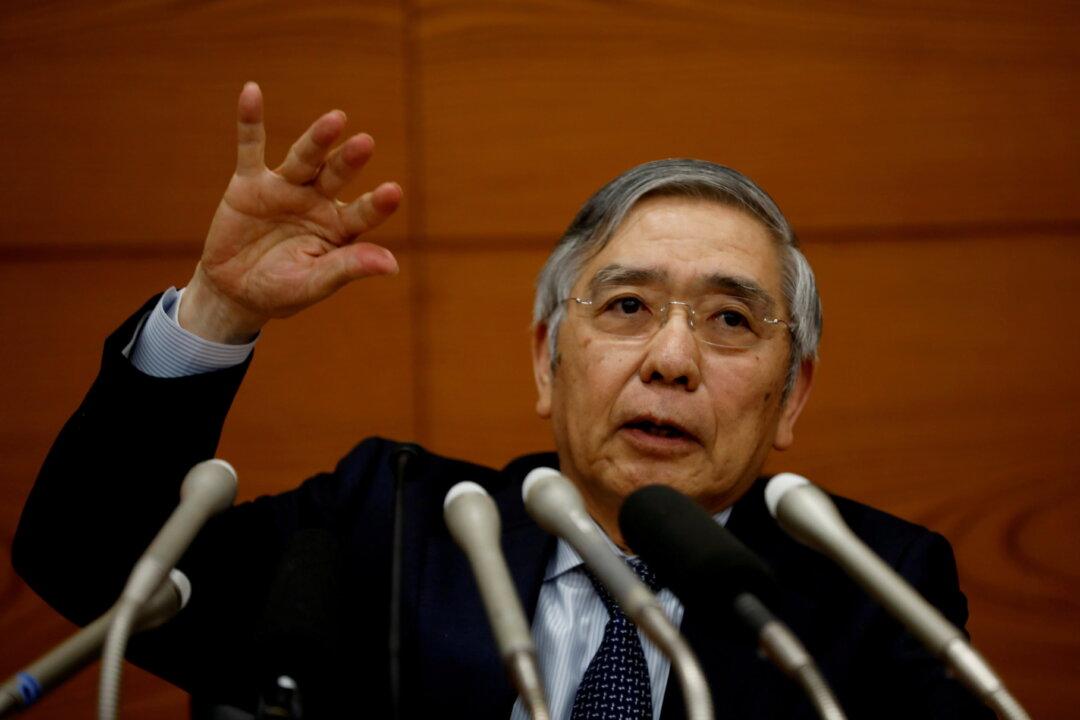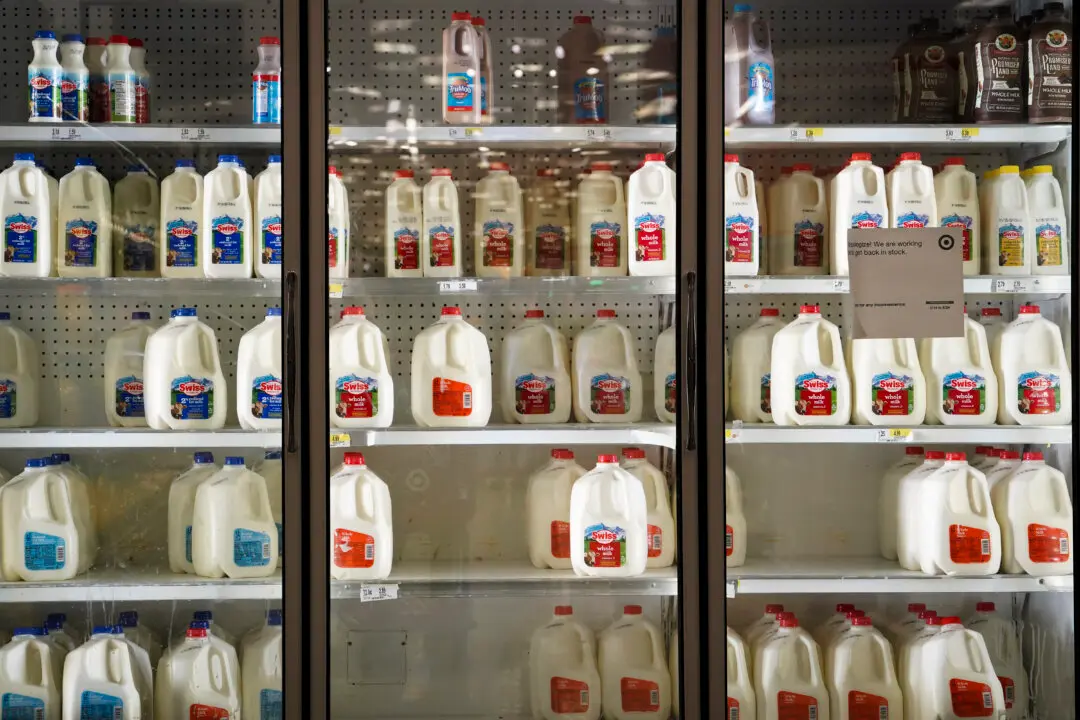The Bank of Japan (BoJ) has decided to keep its interest rates below zero, and thus is the only major economy to do so while other key central banks raise interest rates in a bid to curb inflation.
Since 2016, Japan’s central bank has maintained its key interest rate at negative 0.1 percent. On Oct. 28, the Policy Board of the BoJ decided to keep the short-term policy interest rate unchanged, at 0.1 percent, according to a statement from the bank. In addition, the BoJ committed to keeping 10-year Japanese government bond yields around zero percent by purchasing a “necessary amount” of such bonds without setting an upper limit.





